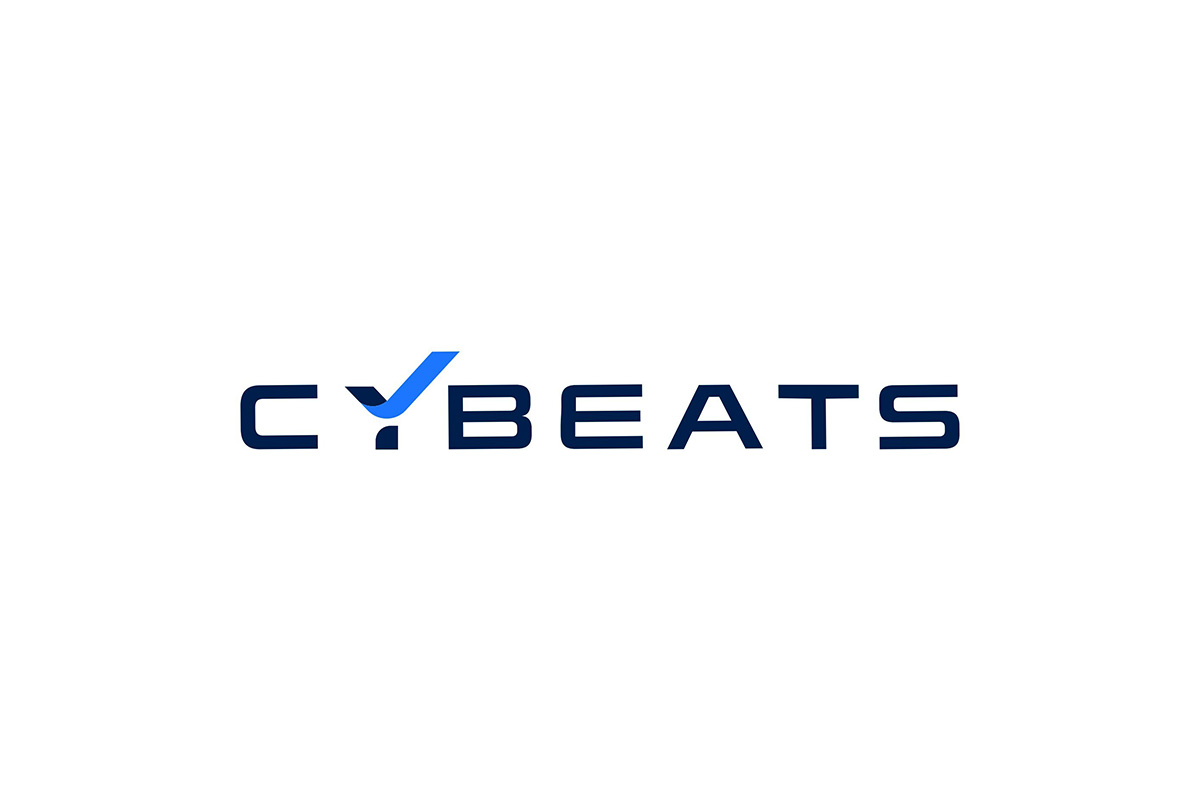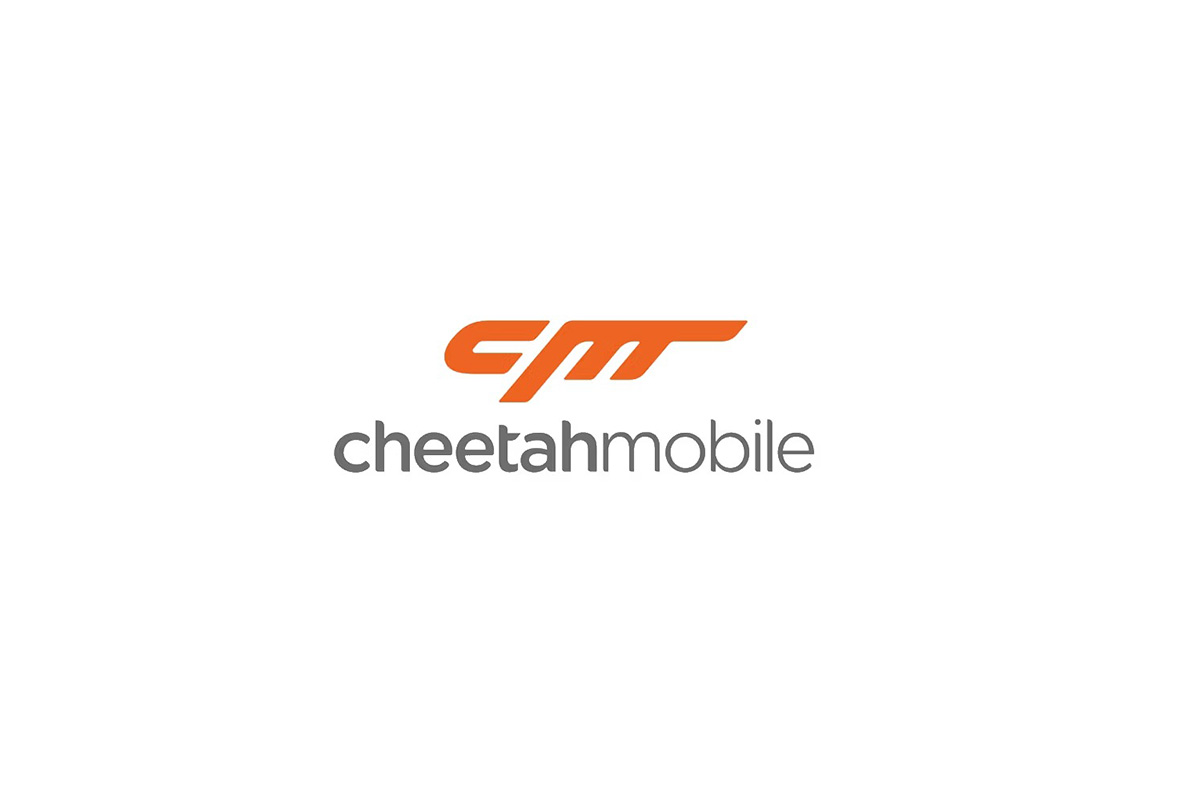Cheetah Mobile Inc. (NYSE: CMCM) (“Cheetah Mobile” or the “Company”), a China-based IT company, today announced its unaudited consolidated financial results for the second half and full year 2022 ended December 31, 2022.
Management Commentary
Mr. Sheng Fu, Cheetah Mobile’s Chairman and Chief Executive Officer, stated, ” While there are some challenges such as Covid-19 in 2022, we managed to increase our total revenue year over year by around 13% to RMB884.1 million (USD128.2 million) in 2022. Driven by elevated products, services and user experience, both the revenues from our membership business and number of subscribers have increased for more than ten quarters consecutively. Our global cloud service business and overseas advertising agency business also maintained good momentum and contributed to our revenue growth in 2022. Looking ahead, we remain confident in our long-term opportunities and growth. We will continue to pursue healthy and high-quality development in 2023. ”
Mr. Thomas Ren, Cheetah Mobile’s Chief Financial Officer, commented, “In 2022, we continued to take measures to control our expenses and improve our organizational efficiency. Our gross margin increased year over year from 67.2% to 71.4% in this year. We maintained a strong cash position of RMB1,672.7 million as of December 31, 2022. This gives us financial flexibility to execute the key strategic objectives we have set out for long-term growth. ”
Second Half 2022 Consolidated Financial Results
REVENUES
Total revenues were RMB527.0 million (US$76.4 million) in the second half of 2022, representing an increase of 40.7% year over year.
Revenues from the Company’s internet business increased by 41.6% year over year to RMB421.9 million (US$61.2 million) in the second half of 2022. The year-over-year increase was mainly due to our endeavors to increase user acquisition through multiple channels.
Revenues from the AI and others were RMB105.1 million (US$15.2 million) in the second half of 2022, representing a 37.5% year-over-year increase. The year-over-year increase was primarily attributable to the growth of our global cloud service business, overseas advertising agency business as well as the development of our E-coupon vending robot business.
COST OF REVENUES AND GROSS PROFIT
Cost of revenues decreased by 12.5% year over year to RMB129.3 million (US$18.8 million) in the second half of 2022. The year-over-year decrease was primarily attributable to decrease of advertising business related traffic acquisition costs and channel costs. Non-GAAP cost of revenues decreased by 12.4% year over year to RMB129.1 million (US$18.7 million) in the second half of 2022.
Gross profit increased by 75.4% year over year to RMB397.7 million (US$57.7 million) in the second half of 2022. Non-GAAP gross profit increased by 75.2% year over year to RMB398.0 million (US$57.7 million) in the second half of 2022.
Gross margin was 75.5% in the second half of 2022, compared to 60.5% in the second half of 2021. Non-GAAP gross margin was 75.5% in the second half of 2022, compared to 60.7% in the second half of 2021.
OPERATING INCOME/LOSS AND EXPENSES
Total operating expenses increased by 45.8% year over year to RMB497.2 million (US$72.1 million) in the second half of 2022. Total non-GAAP operating expenses increased by 47.3% year over year to RMB493.6 million (US$71.6 million) in the second half of 2022.
- Research and development expenses decreased by 5.6% year over year to RMB85.9 million (US$12.5 million) in the second half of 2022. The year-over-year decrease was primarily due to the improvement of operational efficiency. Non-GAAP research and development expenses decreased by 3.8% year over year to RMB84.7 million (US$12.3 million) in the second half of 2022.
- Selling and marketing expenses increased by 81.7% year over year to RMB306.5 million (US$44.4 million) in the second half of 2022. The year-over-year increase was from the marketing and promotion expenses related to our user acquisition. Non-GAAP selling and marketing expenses increased by 82.2% year over year to RMB305.7 million (US$44.3 million) in the first half of 2022.
- General and administrative expenses increased by 21.5% year over year to RMB115.1 million (US$16.7 million) in the second half of 2022. The year-over-year increase was mainly from some one-time expenses. Non-GAAP general and administrative expenses increased by 22.5% year over year to RMB113.6 million (US$16.5 million) in the first half of 2022.
Operating loss was RMB99.5 million (US$14.4 million) in the second half of 2022, compared to RMB114.2 million in the same period of the last year. Non-GAAP operating loss was RMB95.6 million (US$13.9 million) in the second half of 2022, compared to RMB107.8 million in the same period of the last year.
Share-based compensation expenses were RMB3.9 million (US$0.6 million) in the second half of 2022, compared to RMB6.4 million in the same period of the last year.
OTHER EXPENSE, NET
Other expense, net was RMB351.6 million (US$51.0 million) in the second half of 2022, which was primarily from the impairment of some long-term investments.
NET INCOME/(LOSS) ATTRIBUTABLE TO CHEETAH MOBILE SHAREHOLDERS
Net loss attributable to Cheetah Mobile shareholders was RMB440.9 million (US$63.9 million) in the second half of 2022, compared to a net loss attributable to Cheetah Mobile shareholders of RMB428.5 million in the same period of the last year.
Non-GAAP net loss attributable to Cheetah Mobile shareholders was RMB437.0 million (US$63.4 million) in the second half of 2022, compared to a non-GAAP net loss attributable to Cheetah Mobile shareholders of RMB422.1 million in the same period of the last year.
NET INCOME/(LOSS) PER ADS
Diluted loss per ADS was RMB15.4 (US$2.2) in the second half of 2022, compared to diluted loss per ADS of RMB15.2 in the same period of the last year. Non-GAAP diluted loss per ADS was RMB15.3(US$2.2) in second half of 2022, compared to Non-GAAP diluted loss per ADS of RMB14.9 in the same period of the last year.
BALANCE SHEET
As of December 31, 2022, the Company had cash and cash equivalents, restricted cash and short-term investments of RMB1,672.7 million (US$242.5 million).
SHARES ISSUED AND OUTSTANDING
As of December 31, 2022, the Company had a total of 1,449,473,689 Class A and Class B ordinary shares issued and outstanding. On August 23, 2022, the Company announced that it changed the ratio of its American Depositary Share (“ADS”) to Class A ordinary share (“Share”) from one (1) ADS representing ten (10) Shares to one (1) ADS representing fifty (50) Shares, effective September 2, 2022. Accordingly, the Company has retrospectively revised the comparative data from the previous periods to conform to the requisite presentation for the current period.
Fiscal Year 2022 Consolidated Financial Results
REVENUES
Total revenues increased by 12.7% to RMB884.1 million (US$128.2 million) in 2022.
Revenues from the Company’s internet business increased by 6.7% year over year to RMB697.4 million (US$101.1 million) in 2022. The year-over-year increase was mainly due to the growth of our membership business.
Revenues from the AI and others increased by 42.7% year over year to RMB186.7 million (US$27.1 million) in 2022. The year-over-year increase was primarily attributable to growth of our global cloud service business, overseas advertising agency business as well as the development of our E-coupon vending robot and related business.
COST OF REVENUES AND GROSS PROFIT
Cost of revenues decreased by 2.0% year over year to RMB252.6 million (US$36.6 million) in 2022. The year-over-year decrease was primarily due to lower advertising business related traffic acquisition costs and channel costs. Non-GAAP cost of revenues decreased by 1.9% year over year to RMB251.9 million (US$36.5 million) in 2022.
Gross profit increased by 19.8% year over year to RMB631.5 million (US$91.6 million) in 2022. Non-GAAP gross profit increased by 19.7% year over year to RMB632.2 million (US$91.7 million) in 2022.
Gross margin was 71.4% in 2022, compared to 67.2% in 2021. Non-GAAP gross margin was 71.5% in 2022, compared to 67.3% in 2021.
OPERATING INCOME/LOSS AND EXPENSES
Total operating expenses increased by 13.3% year over year to RMB857.1 million (US$124.3 million) in 2022. Total non-GAAP operating expenses increased by 13.3% year over year to RMB849.9 million (US$123.2 million) in 2022.
- Research and development expenses decreased by 14.5% year over year to RMB181.0 million (US$26.2 million) in 2022. The year-over-year decrease was due to improvement of operational efficiency. Non-GAAP research and development expenses decreased by 12.8% year over year to RMB179.4 million (US$26.0 million) in 2022.
- Selling and marketing expenses increased by 28.8% year over year to RMB476.9 million (US$69.1 million) in 2022. This year-over-year increase was primarily due to the marketing and promotion expenses related to our user acquisition. Non-GAAP selling and marketing expenses increased by 28.7% year over year to RMB475.0 million (US$68.9 million) in 2022.
- General and administrative expenses increased by 11.7% year over year to RMB214.3 million (US$31.1 million) in 2022. The year-over-year increase was mainly from some one-time expenses. Non-GAAP general and administrative expenses increased by 9.1% year over year to RMB210.6 million (US$30.5 million) in 2022.
Operating loss was RMB225.6 million (US$32.7 million) in 2022, compared to RMB229.6 million in 2021. Non-GAAP operating loss was RMB217.7 million (US$31.6 million) in 2022, compared to RMB222.4 million in 2021.
Share-based compensation expenses were RMB7.9 million (US$1.1 million) in 2022, compared to RMB7.2 million in 2021.
NET INCOME/(LOSS) ATTRIBUTABLE TO CHEETAH MOBILE SHAREHOLDERS
Net loss attributable to Cheetah Mobile shareholders was RMB513.5 million (US$74.4 million) in 2022, compared to a net loss attributable to Cheetah Mobile shareholders of RMB351.1 million in 2021.
Non-GAAP net loss attributable to Cheetah Mobile shareholders was RMB505.6 million (US$73.3 million) in 2022, compared to a non-GAAP net loss attributable to Cheetah Mobile shareholders of RMB344.0 million in 2021.
NET INCOME/(LOSS) PER ADS
Diluted loss per ADS was RMB18.1 (US$2.6) in 2022, compared to diluted loss per ADS of RMB12.3 in 2021. Non-GAAP diluted loss per ADS was RMB17.8 (US$2.6) in 2022, compared to Non-GAAP diluted loss per ADS of RMB12.1 in 2021.
Business Outlook
For the first half of 2023, the Company expects its total revenues to be between RMB310 million (US$44.9 million) and RMB360 million (US$52.2 million). This amount reflects the Company’s current and preliminary expectations.
Exchange Rate
This press release contains translations of certain Renminbi amounts into U.S. dollars at specified rates solely for the convenience of readers. Unless otherwise noted, all translations from Renminbi to U.S. dollars in this press release were made at a rate of RMB6.8972 to US$1.00, the exchange rate in effect as of December 31, 2022, as set forth in the H.10 statistical release of the Federal Reserve Board. Such translations should not be construed as representations that RMB amounts could be converted into U.S. dollars at that rate or any other rate, or to be the amounts that would have been reported under accounting principles generally accepted in the United States of America (“U.S. GAAP”).











